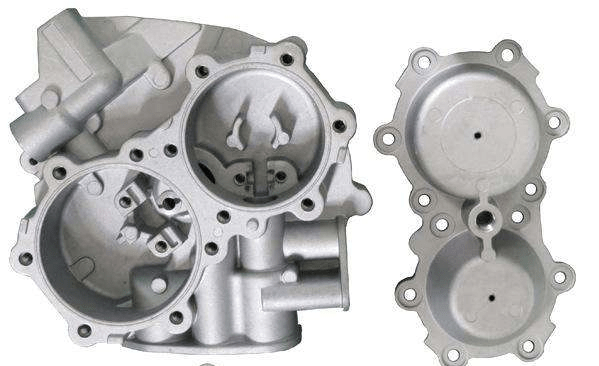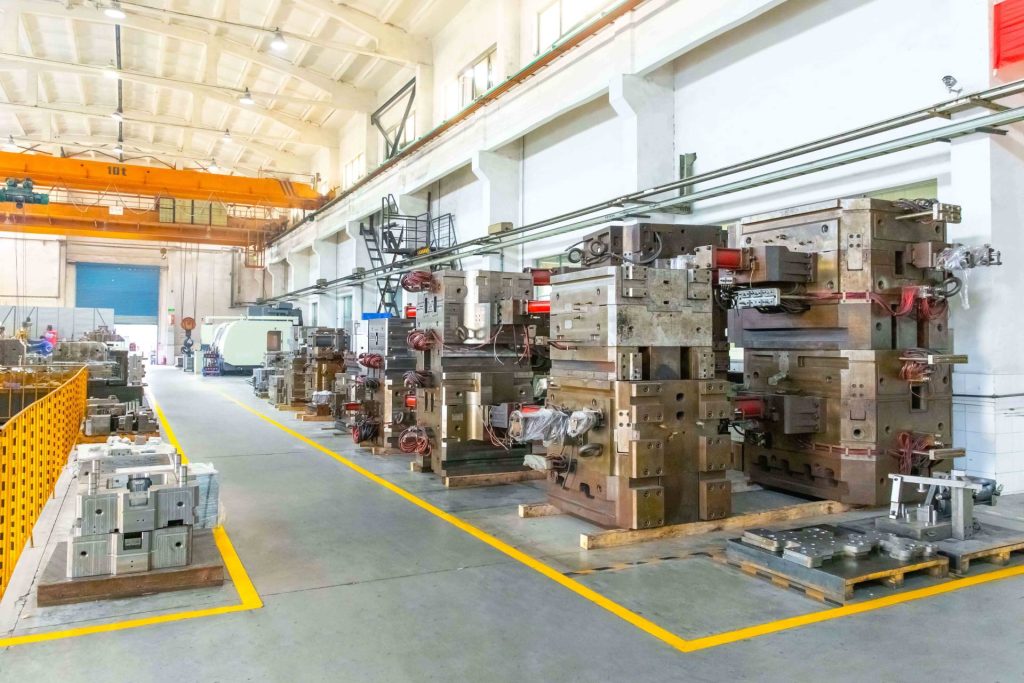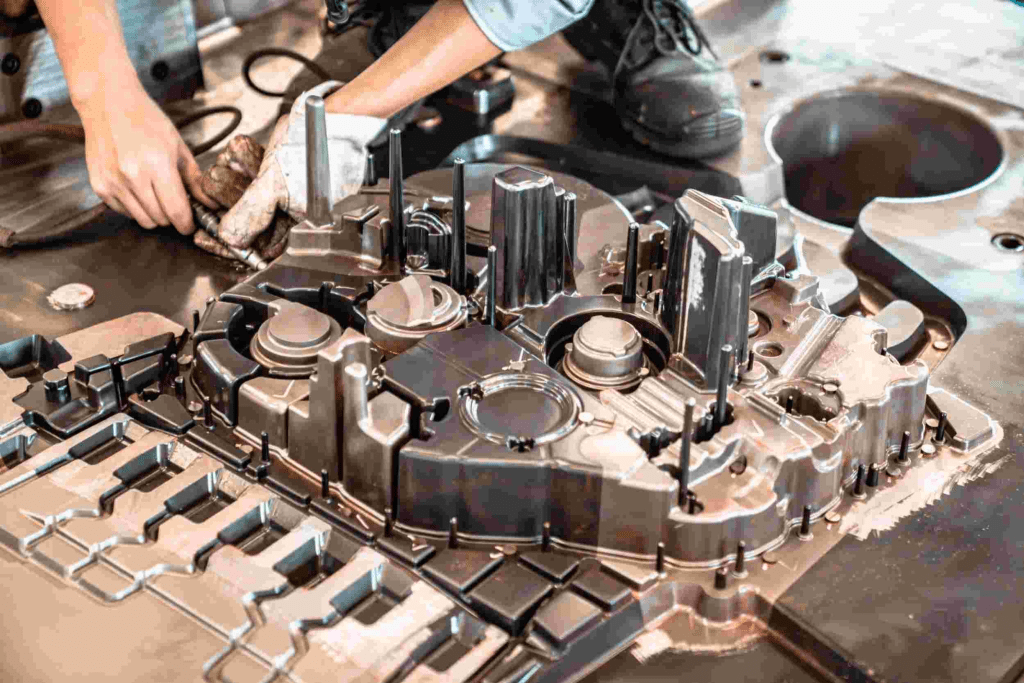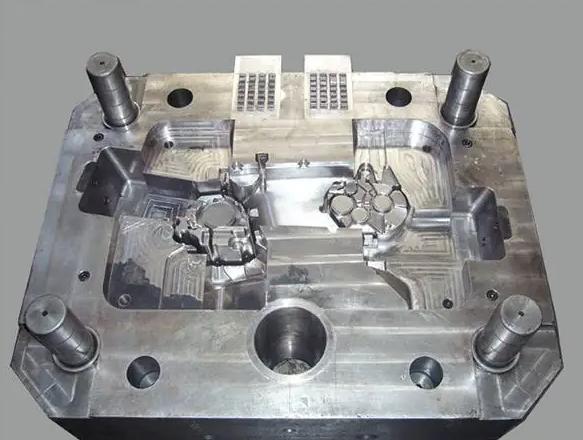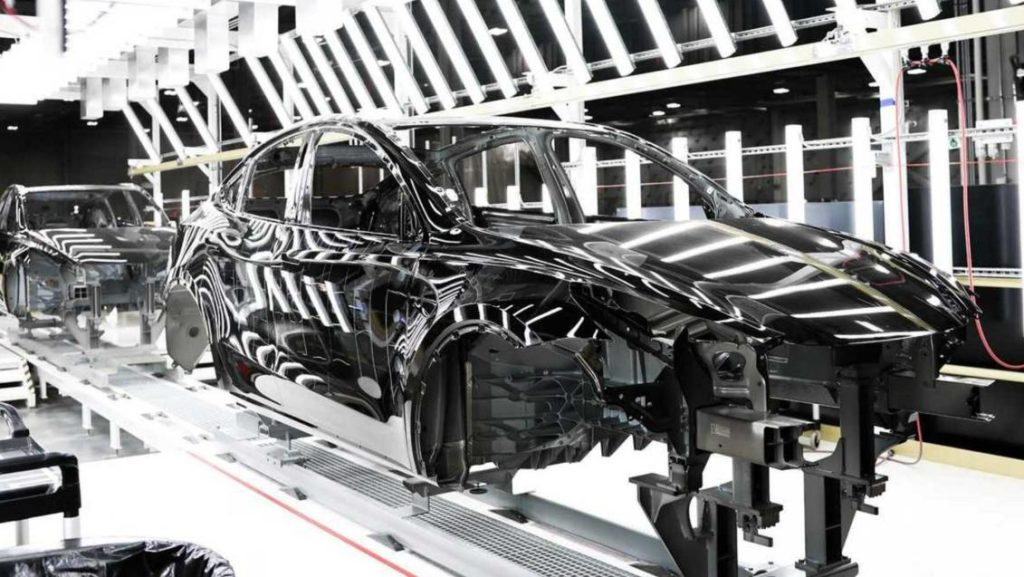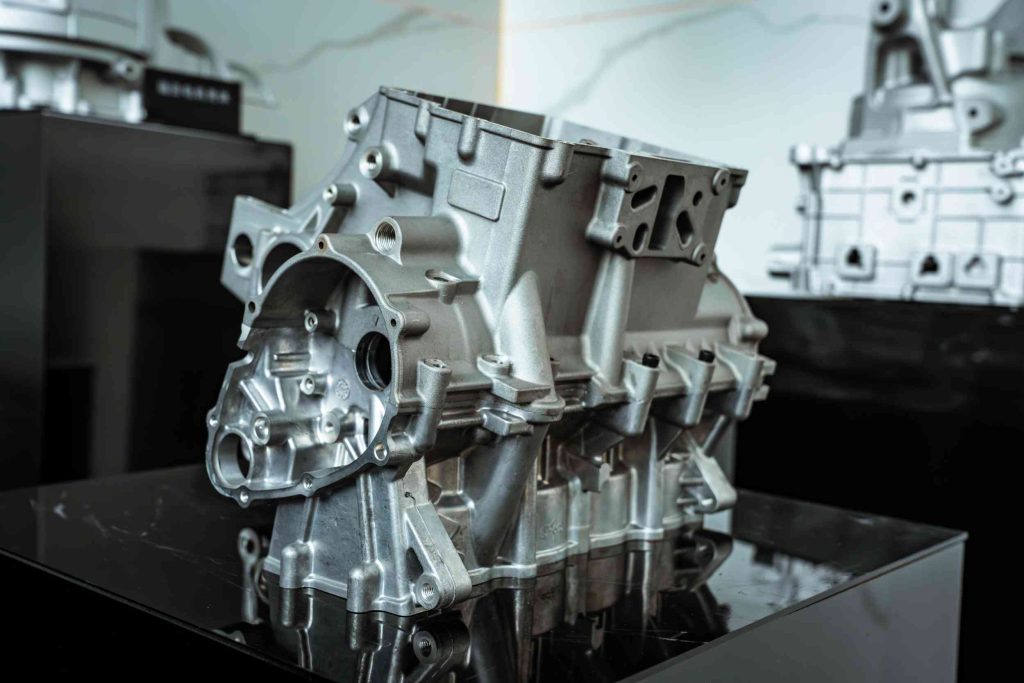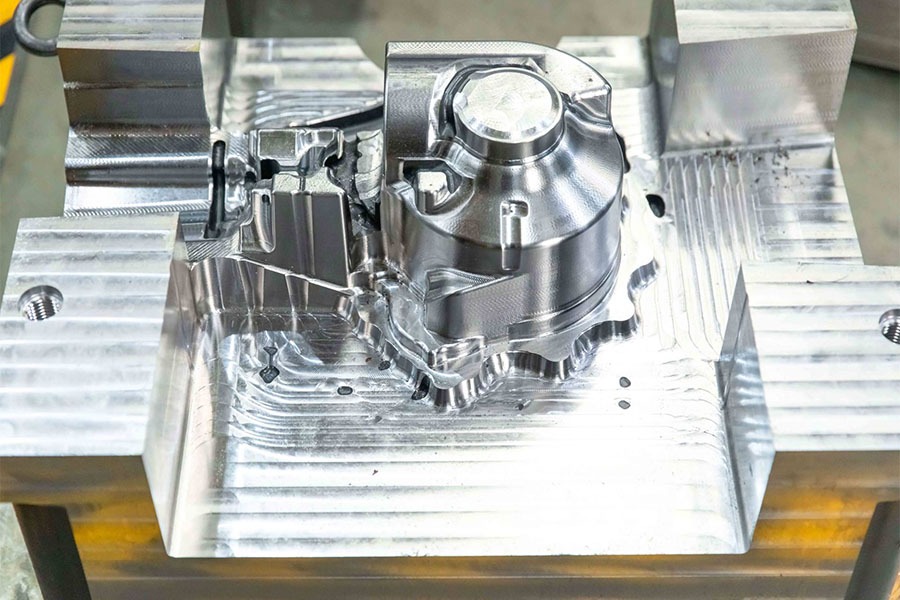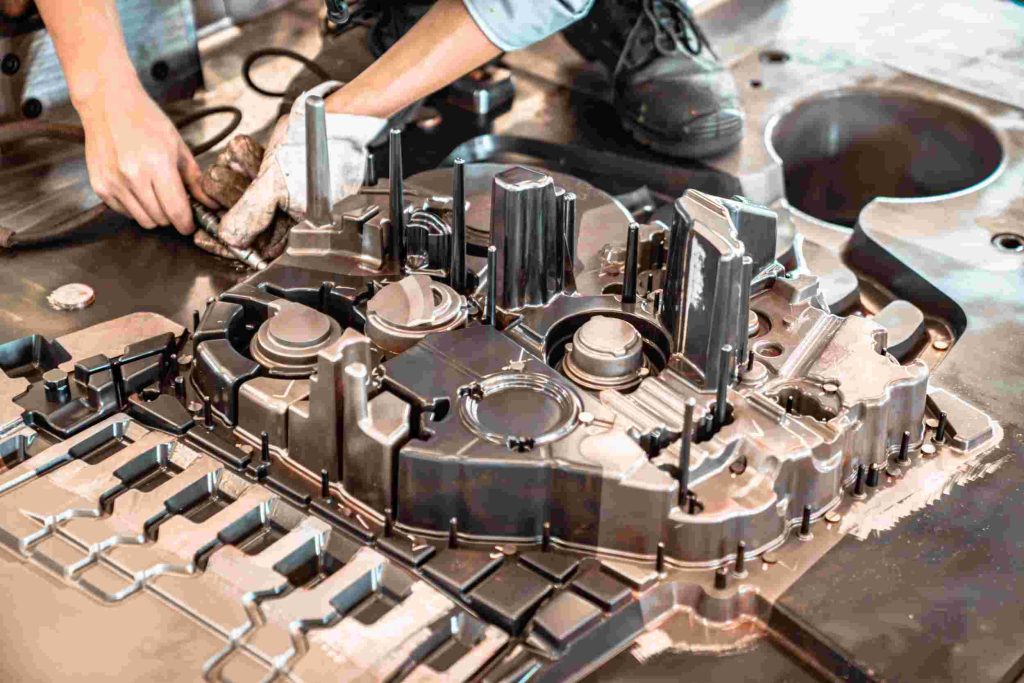Generally speaking, the factors that affect the service life of die casting molds include mold material, mold design and manufacture, surface treatment technology, and the specific usage of the mold.
Mold Material
The service life of the die-casting mold is related to the mold material. A good die-casting mold manufacturing material should have the following characteristics:
- Good machinability and forgeability.
- High wear and corrosion resistance.
- High strength at high temperature, high red hardness, high-temperature oxidation resistance, good impact toughness, and tempering stability.
- Good thermal conductivity and fatigue resistance.
- Small coefficient of thermal expansion.
- Small heat treatment deformation rate.
- Good hardenability.
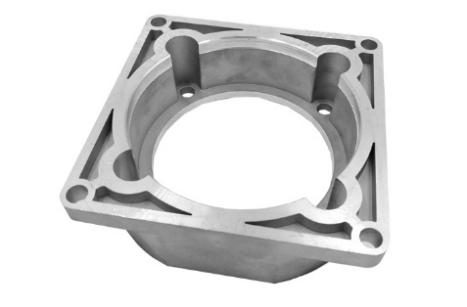
The material selection of the die-casting mold should not only depend on the temperature of the casting metal and the type of the casting metal, but also consider the impact and wear of the casting metal on the various parts of the die-casting mold. The higher the temperature, the higher the thermal fatigue and high-temperature properties the material should have. Parts that are more worn should have higher hardness.
Die-casting die steel is the main object of bearing die design and heat treatment. Its performance directly affects the manufacturing process and heat treatment process of the die casting mold, and plays a leading role in the difficulty of the mold manufacturing process, the suitability of the mold heat treatment process, and the life of the mold.
The material of die-casting die steel is generally closely related to the service life of the die-casting die.
Die casting mold parts are mainly divided into parts in contact with liquid metal, sliding fit parts, and mold base structural parts. In the production process of the metal die casting, the die casting mold cavity, gate, and other components are in direct contact with high temperature, high pressure, and high-speed liquid metal. On the one hand, it is subject to direct erosion, abrasion, high-temperature oxidation, and various corrosion from liquid metal. On the other hand, due to productivity reasons, the rise and fall of the mold temperature is very sharp and forms periodic changes. Therefore, die-casting die steel is required to have high thermal fatigue resistance, thermal conductivity, good wear resistance, corrosion resistance, and high-temperature mechanical properties.
The choice of die-casting die steel for die-casting molds mainly depends on the temperature of the casting metal and the type of casting metal.
The higher the temperature, the more serious the damage and wear of the die-casting mold. However, since the parts of the die-casting die work under different conditions and are subjected to different impacts and wear from the cast metal, the hardness requirements of the die-casting die should vary according to the use of the part and the cast metal. Therefore, when selecting die-casting die steel, the die requirements should be determined mainly according to the specific situation.
Mold Design and Manufacturing
1. Reasonable wall thickness and cooling water channel design can ensure the strength and thermal balance of the mold.
2. When designing the mold, special attention should be paid to the parts with large wear and stress concentration during the work.
3. The accuracy of the matching parts should be reasonable. If the gap is too large, the heat conduction will be poor, resulting in thermal fatigue damage. If the gap is too small, extrusion force and tensile stress will be generated.
4. The internal stress generated in the mold manufacturing process has a great influence on the service life of the mold. Therefore, in the process of manufacturing and processing molds, internal stress should be avoided and eliminated in time.
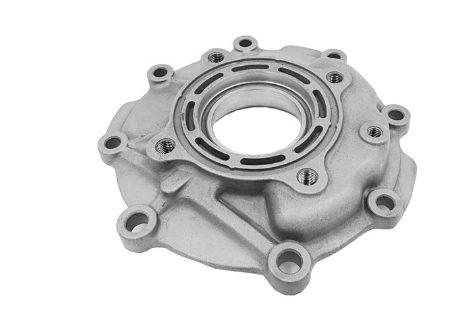
Mold Surface Treatment Technology
Die casting mold surface treatment technology can be roughly divided into 3 categories: traditional heat treatment process improvement technology, surface modification technology, and coating technology.
1. Improve the technology of the traditional heat treatment process
The traditional heat treatment process of die-casting molds is quenching-tempering, and the improved technology of heat treatment process is to combine quenching-tempering with advanced surface treatment processes, such as carbonitriding quenching.
2. Surface Modification Technology
Surface modification technology refers to the use of physical or chemical methods to change the surface properties of the mold. Generally speaking, there are two kinds: surface heat, expansion, infiltration technology, and surface laser treatment technology. Surface heating, expansion, and infiltration techniques include carburizing, nitriding, boronizing, carbonitriding, etc.
Carburizing helps to strengthen the surface hardness of the mold. Carburizing process methods include solid powder carburizing, gas carburizing, vacuum carburizing, and ion carburizing. Vacuum carburizing and ion carburizing have fast carburizing speed, uniform layer, gentle carbon concentration gradient, and small deformation of the workpiece.
The nitriding process is simple, the mold nitride layer has high hardness, good wear resistance, and good anti-stick performance. Boronizing has the most obvious improvement in surface performance, and the hardness, wear resistance, corrosion resistance, and blocking resistance of the mold are significantly improved, but the process conditions are harsh.
3. Coating technology
Coating technology is to coat the surface with a coating, such as a polytetrafluoroethylene composite plating, the main purpose is to enhance the wear resistance, corrosion resistance, and cold and heat resistance of the mold.
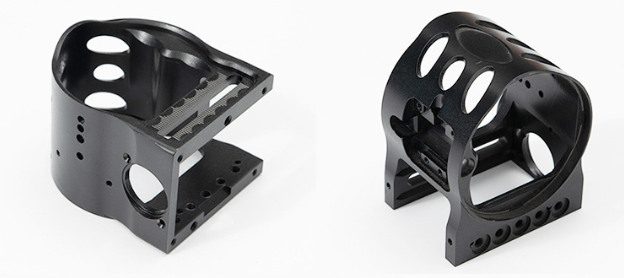
Mold Use
Choosing a reasonable die casting process and maintenance is crucial to the service life of the mold. Most mold damage is caused by improper use and lack of maintenance.
The above introduces several factors that affect the service life of die-casting molds. We should pay attention to these problems, combine these factors and take effective measures, which can effectively improve the performance of the die-casting mold and prolong its service life of the die-casting mold.
Choose a reliable die casting services supplier
JTR can provide die casting services, design and manufacture die casting molds, and mass production. JTR hopes that domestic and foreign customers in need can contact us, and we will provide you with the best solution.


